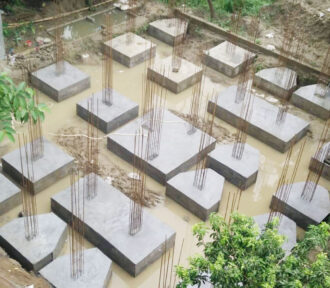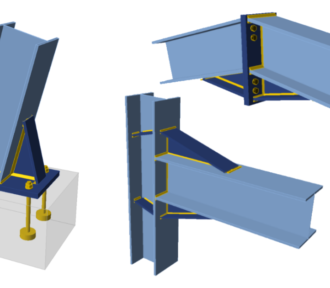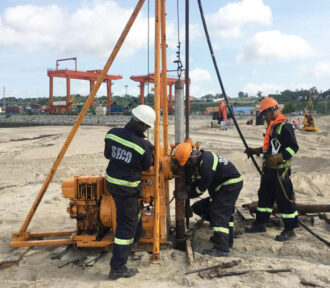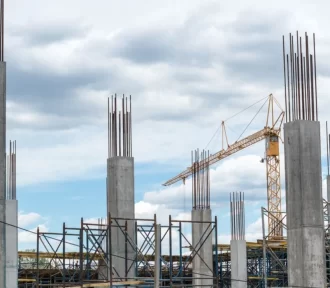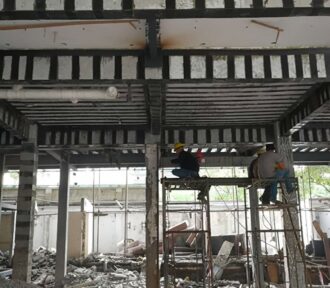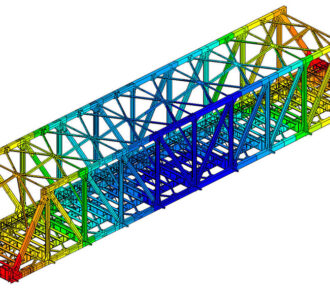The design of piled foundation unlike other foundation types largely falls within the remit of a geotechnical engineer with little assistance from the structural engineer. The first step requires the geotechnical team to conduct a detailed site investigation
Month: January 2024
This article delves into the dynamic landscape of structural engineering, shedding light on the top 7 innovative trends that are not only defining the present but are poised to shape the future of the discipline.
This article discusses moment resisting connections used in the design of single storey and multi-storey buildings. It highlights the common types of moment connections used and an overview of the design procedures based on Eurocode 3 (Part 1-8)
This article explores the significance of field testing in soil engineering and highlights some common methods employed in measuring the bearing capacity of soils.
This article describes how to detail a concrete column with respect to geometry, concrete cover, minimum and maximum area of longitudinal reinforcement, size and spacing longitudinal and transverse bars etc.
This article aims to explore how a structural engineer should approach the strengthening of existing structures as well as the major techniques that can be employed in strengthening an existing structure in order to ensure the overall safety and durability.
This article takes a look at what a constitute a claim within the purview of a structural engineer, how they may arise and the steps the structural engineer can take to mitigate them.
This article focuses on the significance of Finite Element Analysis (FEA) in predicting the behavior of complex engineering systems. It delves into common errors in FEA, such as meshing and boundary condition errors, and provides strategies to avoid them. By understanding these errors and implementing preventive measures, engineers can enhance the reliability of FEA models.
